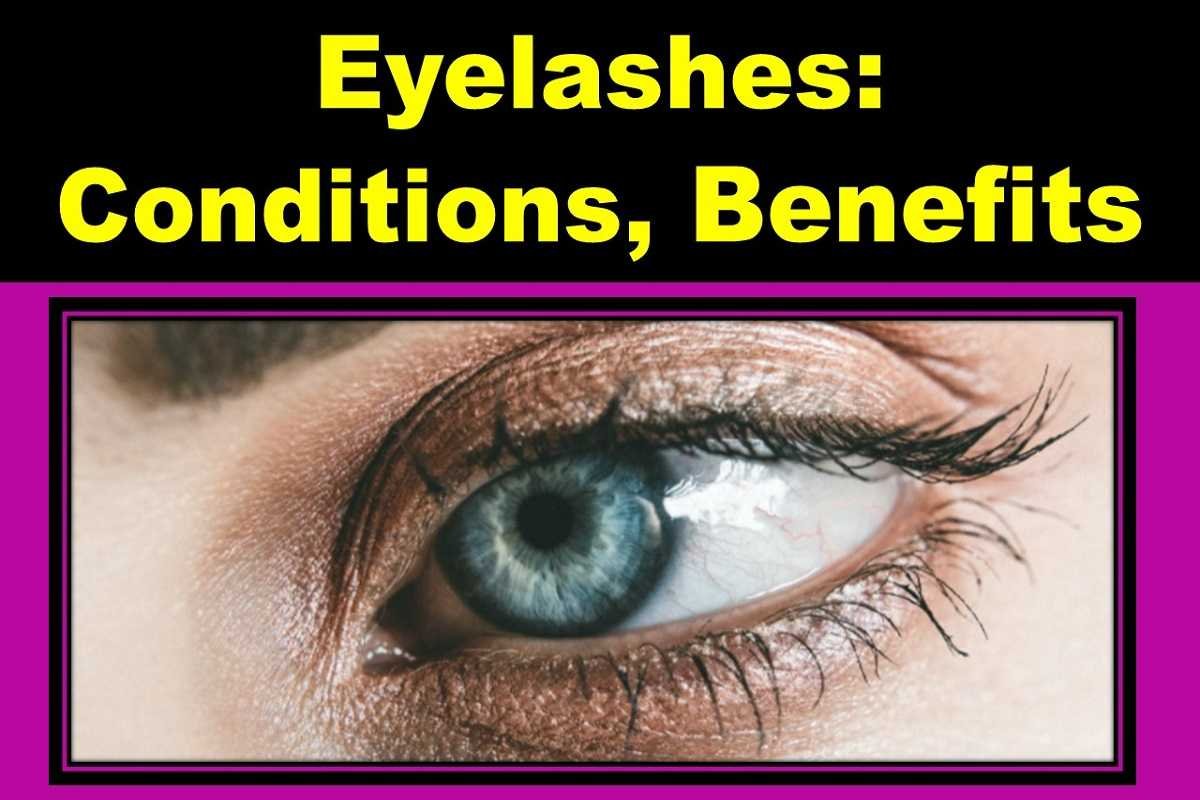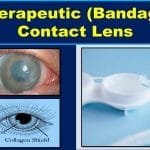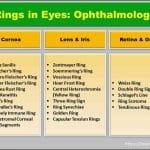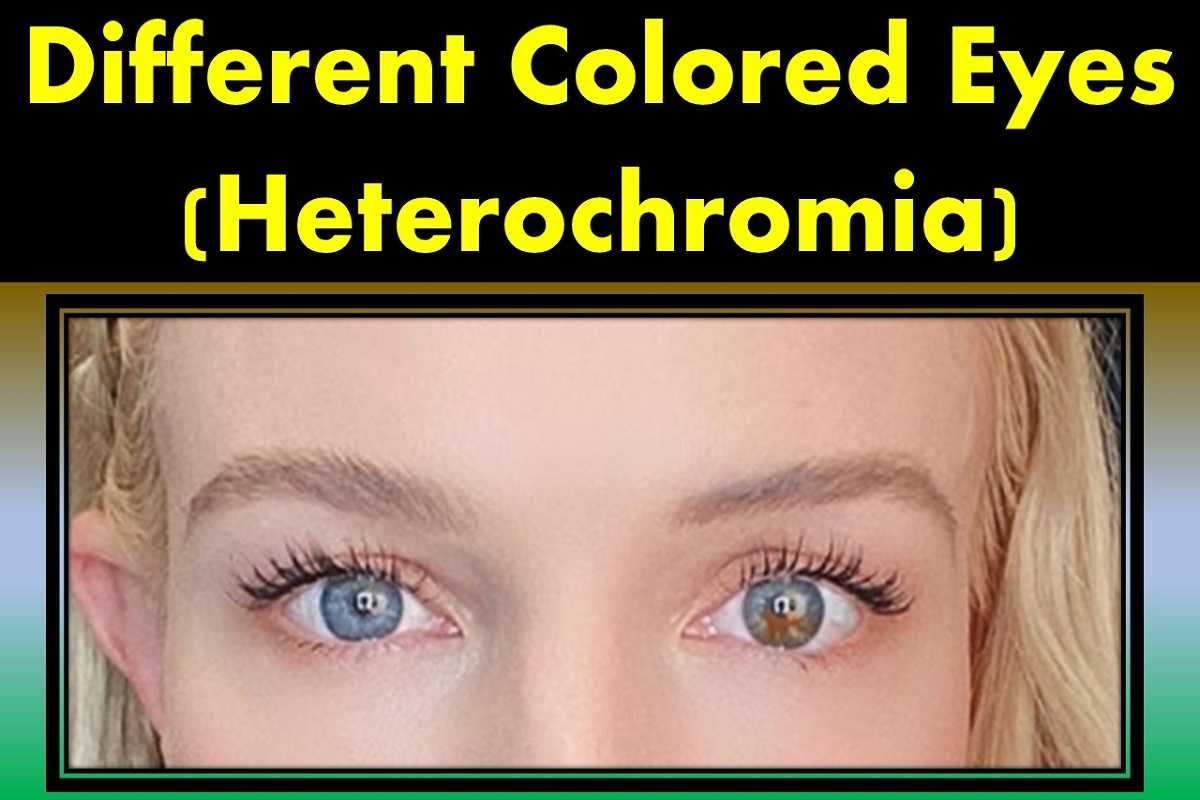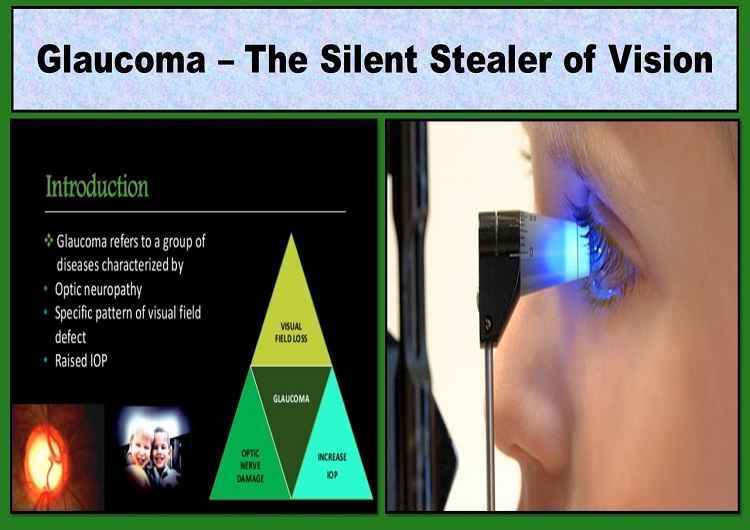While looking at the mirror you might have noticed a single row of multiple hair-like structures at the margin of both upper and lower eyelids. These hair-like structures in the eyelid margin are known as eyelashes (or eyelid hairs).
What are Eyelashes?
The eyelash is also known as lash (derived from the Latin word Cilia). The Greek word for eyelash is βλέφαρον, which sorts as a root in biological terms like Blephara.
Eyelashes provide a natural defense system for the eye, shielding it from dirt, dust, and even small particles as they come towards it.
They also perform similar functions to whiskers on animals such as a cat or a mouse. This is because they are sensitive, thus providing you with an early warning if something gets too close to the eye.

Benefits of Eyelash
The eyelash has a number of benefits that are not limited to this list. It protects your eyes from dirt, provides moisture, and gives you a more youthful appearance. Eyelashes provide a frame of beauty to your face by enhancing eyes by framing them with a natural line.
Eyelashes Development
Whilst in the womb, eyelashes grow from a lump called ectoderm at around 22-26 weeks of pregnancy.
Natural eyelashes don’t grow beyond a certain length and fall out on their own. They grow back at about eight weeks if pulled off, but excessive pulling may lead to permanent damage.
Eyelash hair doesn’t vary in color like the person’s hair does, although the lashes may be darker or lighter. Eyelash hairs are not androgenic, unlike scalp hair, so they are not affected by puberty and grow at a constant rate throughout life.
Glands
There are a few glands in the eyelids margin near the bases of eyelashes that you might not have known about. The glands of Zeis and the glands of Moll are located between the skin and the eyelash follicle, near the base.
The former is located above the roots of eyelashes in the skin, whereas the latter is located below them in a groove on either side.
It was believed that these glands produce a fatty substance called sebum, which lubricates and nourishes eyelash hair.
However, they don’t play a significant role in the growth of the eyelashes, but their secretions are an important part of tears that help to maintain tear film stability and prevent dry eyes.
Recommended Articles:
- Hooded Eyes: Do I have Hooded Eyelids?
- Swollen Eyelids & Eyelid Bump: Causes, Treatment, & More
- Sagging Eyelid or Droopy Eyelid (Ptosis): Causes, Treatment
Eyelash Conditions
The eyelids and eyelashes work together to protect the eyes from foreign invaders while also ensuring they don’t dry out. So, when new problems with your eyelids or lashes start happening, you’ll want to take care of them right away to avoid any damage
As you get older, many people notice that their eyelids and lashes encounter many problems. This can cause a variety of visual problems, but as long as you seek treatment early it’s usually not too difficult to fix the eyelid and eyelash problems.
Some of the common Eyelash conditions are explained below
Madarosis
There are different types of hair loss, including Madarosis. With it, you could lose the hair from your lashes or eyebrows on one half of your face or both. This condition can be especially distressing due to how much it impacts someone’s appearance
Madarosis often leads to partial or complete hair loss in your eyelashes or eyebrows, meaning you can either lose all the hairs on them or only some of them. This may lead to the appearance of thinning hair in these areas.
Madarosis is a condition that can affect both men and women and usually becomes more common among older adults. The causes of madarosis are Hansen’s disease (leprosy), blepharitis, trauma to the eyelid, trichotillomania, eyelid infections, certain medical treatments such as chemotherapy, laser treatment, laser therapy, nutritional deficiencies, skin cancer, genetic conditions, among others.
Treatment of madarosis varies depending on the cause of this condition. If the condition is due to pathological factors, it can be resolved with a treatment regimen but if the underlying cause is hormonal or genetic, then it cannot be easily reversed.
Poliosis
The white eyelashes seen with poliosis are caused by a lack of pigment called melanin found in the hair follicles.
While poliosis itself is not detrimental, it is often associated with other medical issues. Some are harmful and some are not.
In order to prevent unnecessary worry, it is always a good idea to see a doctor as soon as possible if you notice any symptoms of eyelash poliosis.
Trichiasis
Trichiasis is a relatively common condition where the eyelashes grow inwards towards the eye, scraping against and irritating the eye in the process.
Trichiasis affects people of all ages. The most common causes of trichiasis are eye infection, swelling of the eyelid, and autoimmune conditions but there are other circumstances where people can develop this condition.
It can be treated by removing the lash or follicle, or by redirecting it so it doesn’t grow towards the eyeball anymore.
Distichiasis
Once in a while, it happens where people have two rows of eyelashes per eyelid, with the second row being either just a few of the complete set. These may be shorter and thinner eyelashes than the first row of lashes.
There are two main ways you can get double eyelashes, either through congenital distichiasis if you’re born with them or by acquiring them later in life.
Distichiasis treatment goals are to either remove extra lash or ease any symptoms you have. Lid splitting, epilation, electrolysis, cryotherapy are common treatment options.
Blepharitis
Blepharitis is an eye condition that usually affects both of your eyes and this condition usually occurs along the edges of your eyelids.
Eyelid inflammation, also known as blepharitis, is quite common and may be the result of blocked glands at the base of the eyelashes. This can cause redness and irritation.
Blepharitis is a chronic condition that can be difficult to treat. It’s uncomfortable and unsightly. However, it usually doesn’t cause permanent damage to your vision and it’s not contagious
If blepharitis symptoms don’t seem to be improving regardless of good hygiene, regular cleaning, and care of the affected area — see your eye doctor.
Eyelashes in Cosmetics
In many cultures, long eyelashes are considered a sign of beauty. Accordingly, some women seek to enhance their natural eyelash length with the help of artificial eyelash extensions.
However, for the Hadza people of Tanzania and Kenya, trimming their own eyelashes is a sign of beauty.
History of Eyelashes in Cosmetics
Kohl or black putty uses in cosmetics dates back to the Bronze Age and is still a beauty staple in many parts of the world. It’s often applied to the edge of the eyelid just at the base of the eyebrow (where it covers up any blemishes).
Ancient Egyptians used mascara to emphasize the eyes too. Things have changed a bit over time and nowadays, for example, mascara, eyeliner, eye putty, and eyeshadow are used to subtly make the eyes more visible.
False eyelashes have been around for a while– they started in the 20th century. Eyelash curlers are one of the most popular tools, as are mascara shields that act as shields and protect your eyes from getting caked with mascara. Mascaras themselves have come a long way since the 20th century and now there are so many varieties available
Eyelash Growth Medication
Latisse was originally introduced in 2009 by Allergan and became the first FDA-approved drug for growing eyelashes. The active component within Latisse is bimatoprost, which is also found in Lumigan glaucoma eye medication.
Allergan reported that eyelashes have shown significant growth which occurs over 16 weeks. Hair growth primarily takes place on the eyelashes of the top eyelid.
The past decade has seen an increase in the development of eyelash conditioners, which focus primarily on boosting lash health and lengthening them. These products typically contain a variety of ingredients, such as natural seed extracts, minerals, or other chemicals that work together to achieve these results.
In the beauty industry, more and more companies are relying on scientific research to create lash-enhancing products. Companies are increasingly finding that prostaglandins and the Wnt/b-catenin signaling pathway can help grow your lashes.
Although bimatoprost helps a lot of people grow their healthy eyelashes and adnexal hairs, it hasn’t been shown to be effective in patients with eyelash alopecia areata.
Some brands are turning to peptides rather than prostaglandins in their formulations to avoid certain restrictions, like those concerning regulations.
False, Fake, or Artificial Eyelashes
Artificial eyelash extensions are a type of false eyelashes, which are glued one by one to the natural lash line. The artificial lashes often attach with a nylon-based elastic band that is applied to the root of the natural lash.
False eyelashes look very natural and are great for those who may not have enough lashes with just the use of mascara. They can be really helpful if you’re in the theater, stage productions, stand-up comedy routines, or other entertainment fields.
Today, false eyelashes have a wide variety of styles, sizes, and types available. What’s even better is that nearly every designer makeup artist places heavy emphasis on the eyes.
Dark, smoky eyes and full lashes are becoming a popular look because they add some style and intrigue.
False eyelashes can be categorized into three types: strip lashes, flare lashes, and single lashes. Before you buy any of them, it’s important to know the differences between them.
